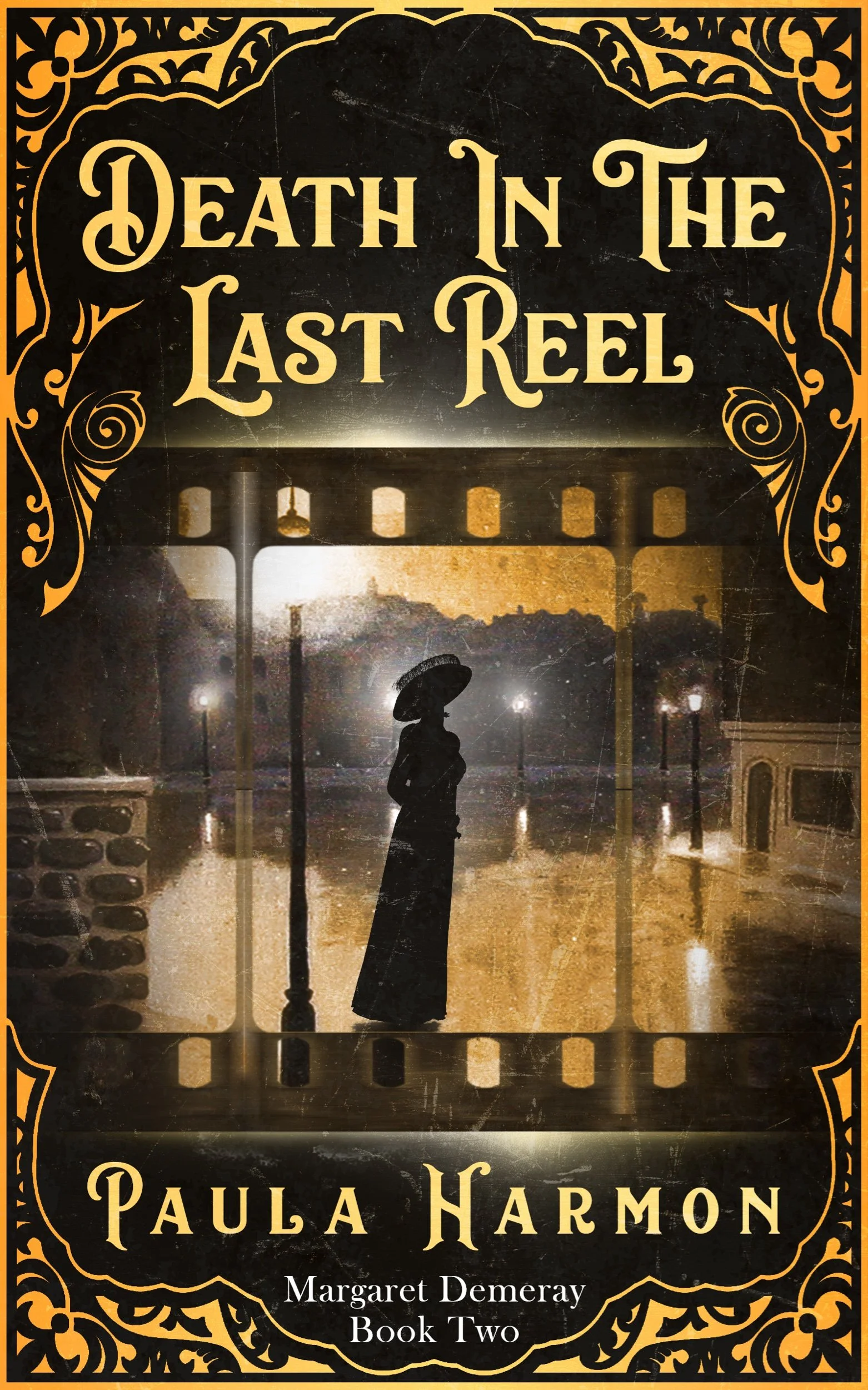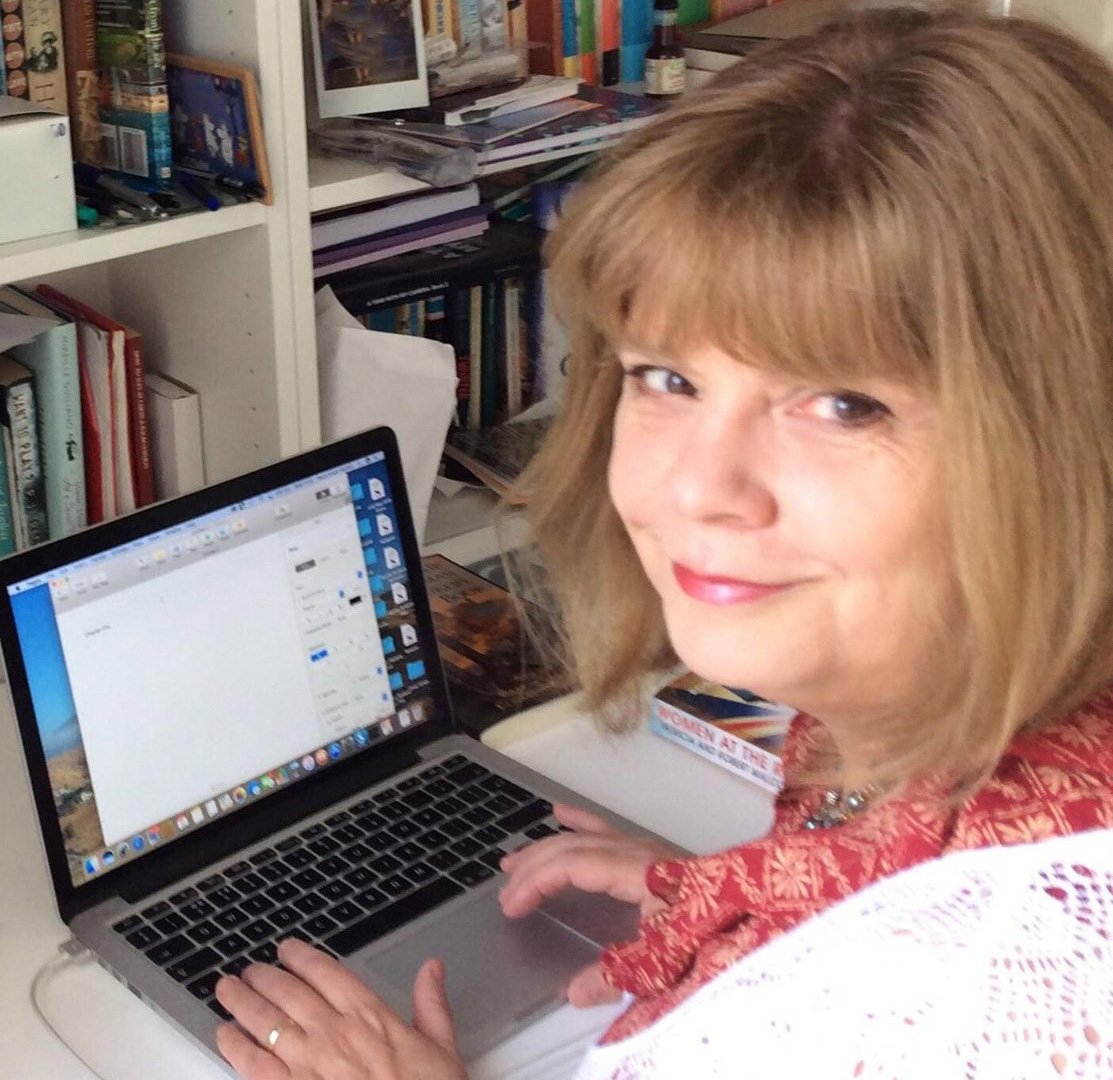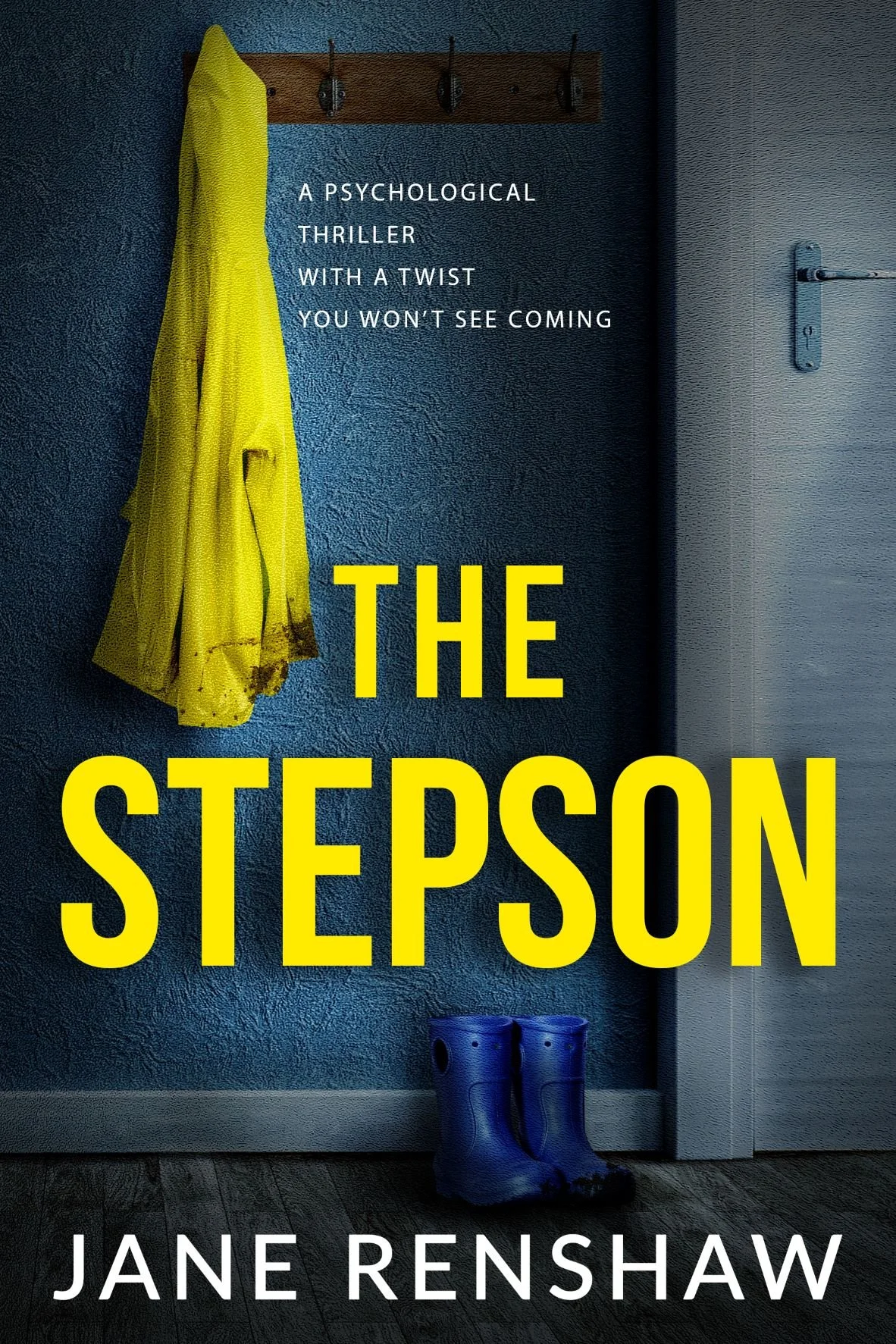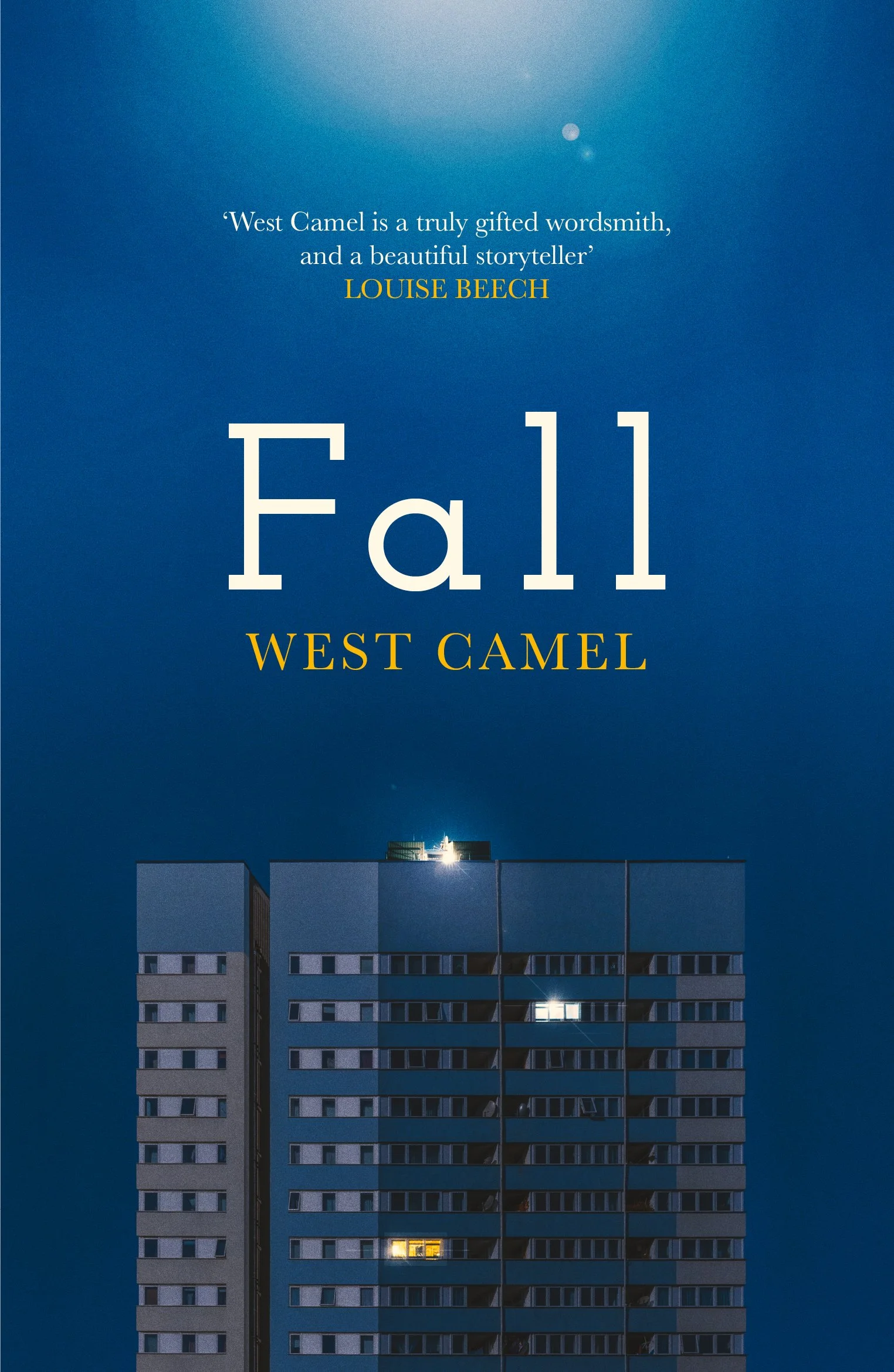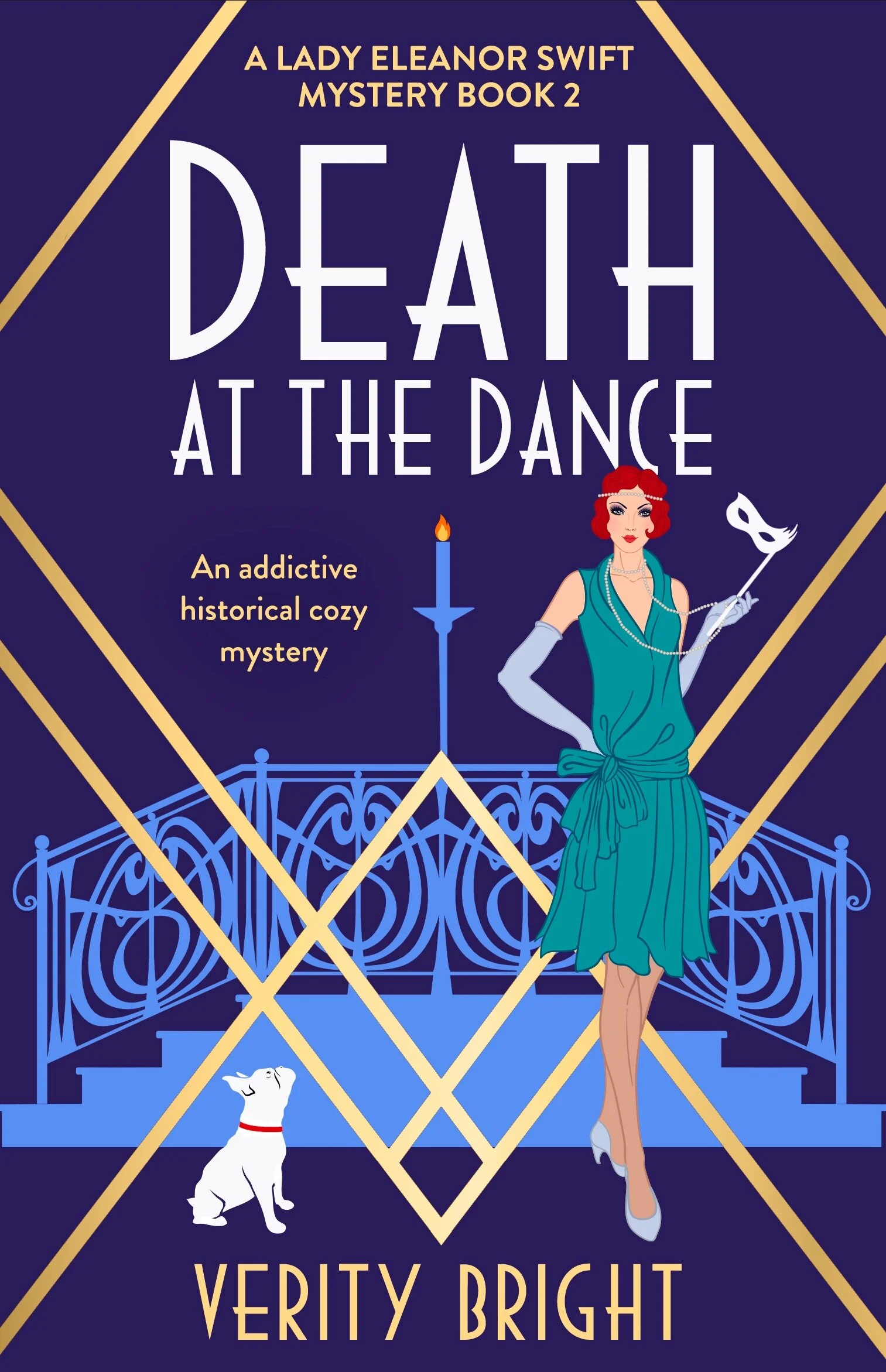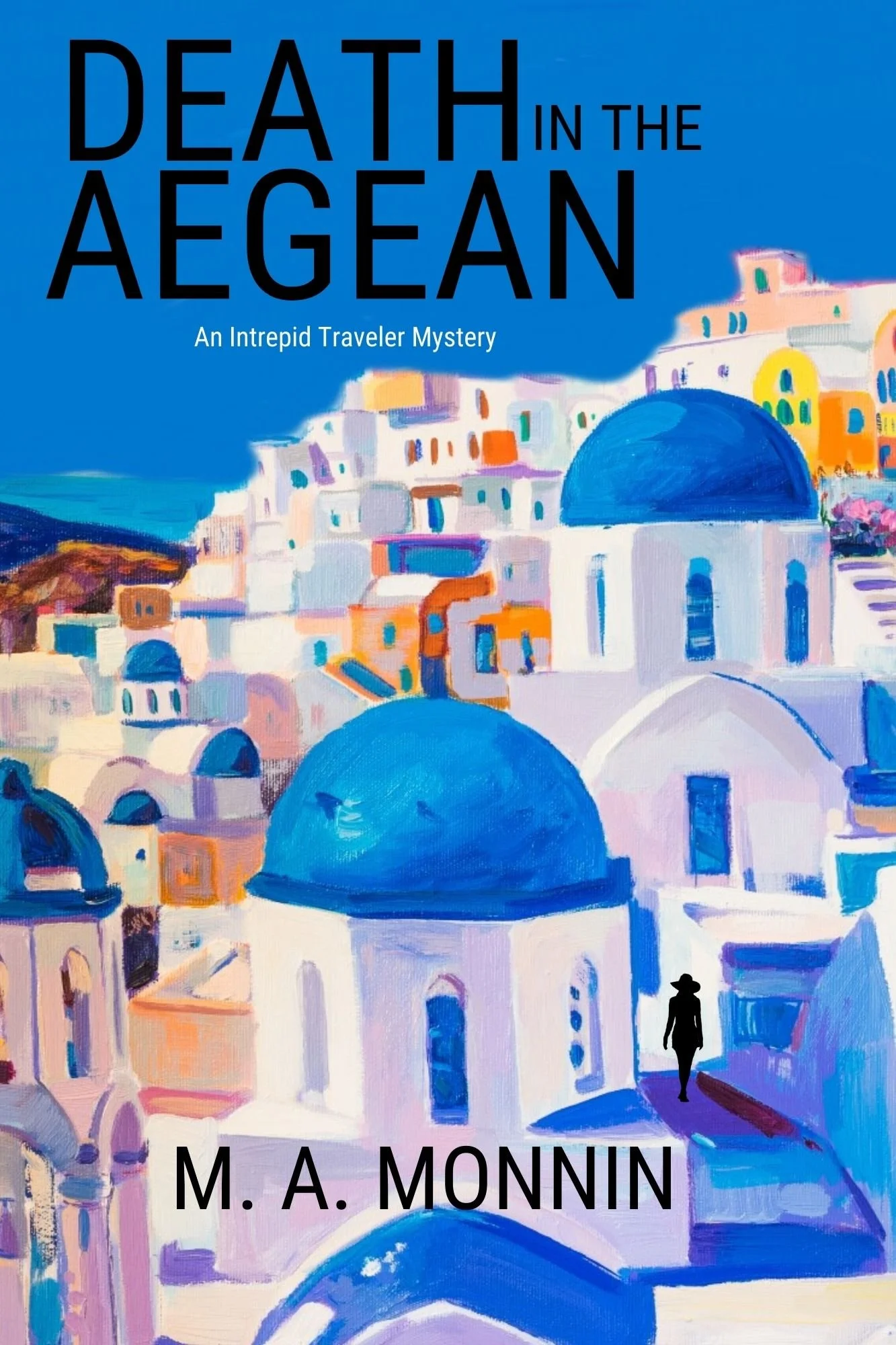Death in the Last Reel by Paula Harmon
‘Stop standing in the way of bullets.’
‘I will if you will.’
Does the camera ever lie?
1911: After the violent murder of three policemen in the line of duty, tensions between London constabulary and Whitechapel anarchists simmer. Meanwhile accusations and counter accusations of espionage further weaken relations between Germany and Britain. Can Margaret Demeray and Fox find out which potential enemy is behind a threat to the capital before it’s too late?
In the shadow of violence in the East End, just as Dr Margaret Demeray starts to gain recognition for her pathology work, a personal decision puts her career at the hospital under threat. Needing to explore alternative options, she tries working with another female doctor in Glassmakers Lane. But in that genteel street, a new moving-picture studio is the only thing of any interest, and Margaret’s boredom and frustration lead to an obsessive interest in the natural death of a young woman in a town far away.
Meanwhile intelligence agent Fox is trying to establish whether rumours of a major threat to London are linked to known anarchist gangs or someone outside Britain with a different agenda. When another mission fails and he asks Margaret to help find out who provided the false intelligence that led him in the wrong direction, she can’t wait to assist.
But enquiries in wealthy Hampstead and then assaults in poverty-stricken Whitechapel lead unexpectedly back to Glassmakers Lane. How can such a quiet place be important? And is the dead young woman Margaret a critical link or a coincidental irrelevance?
Margaret and Fox need to work together; but both of them are independent, private and stubborn, and have yet to negotiate the terms of their relationship.
How can Margaret persuade Fox to stop protecting her so that she can ask the questions he can’t? And even if she does, how can they discover is behind the threat to London when it’s not entirely clear what the threat actually is?
About the author
Paula Harmon was born in North London to parents of English, Scottish and Irish descent. Perhaps feeling the need to add a Welsh connection, her father relocated the family every two years from country town to country town moving slowly westwards until they settled in South Wales when Paula was eight. She later graduated from Chichester University before making her home in Gloucestershire and then Dorset where she has lived since 2005. She is a civil servant, married with two adult children. Paula has several writing projects underway and wonders where the housework fairies are, because the house is a mess and she can’t think why.
Follow her at:
Facebook: https://www.facebook.com/pg/paulaharmonwrites
Instagram: https://www.instagram.com/paulasharmon/
Twitter: https://twitter.com/Paula_S_Harmon
Website: https://paulaharmon.com
I have the pleasure to be able to share an extract from the book!
The film started in what the title card described as a ‘lowly but honest and happy cockney home’ with a set created to depict a poor London room of a spaciousness that Anna Balodis could only dream of. At the climax of the film, which up until that point had been shot indoors, the girl was tied up and bundled into a car driven by the criminals and closely followed by her beloved. This led to a car chase through London streets which were in reality nowhere near each other.
‘Good grief!’ exclaimed Margaret. ‘It’s Myrdle Street on the day I was there.’ She leaned forward, wishing there was a way to pause the film.
There was the car she’d seen, rattling down the street. She knew there was a crowd of locals watching, but they were unseen, behind the cameraman. Another car barrelled along in pursuit and as both cars came to a sudden and illogical halt, the drivers started firing guns at each other. At that moment, small, ragged children came running out of nowhere to rescue the girl. While the hero stopped firing to avoid hitting them, the villain didn’t, shooting a final bullet to strike the hero down. The camera drew back to show that a crowd had formed, then closed in on the scene as the girl, with the help of the cheery cockney children, freed herself and rushed to her beloved just as two actors pretending to be passers-by, overwhelmed the villain and the crowd came closer.
It was impossible for Margaret not to look for herself in the throng, even though she knew well enough that scenes not only filmed more than once and different pieces of film edited together to make a narrative, but that she hadn’t been in front of the camera at any point and the gunfight must have taken place after she’d left the street.
The editing had evidently been hasty; while most bystanders were peering intently, two men were paying no attention whatsoever to what should have been a thrilling spectacle. They were at the very edge of the shot, talking intently. One was fair and appeared well-dressed while the other, turned away from the camera, was tall and dark, wearing shabby clothes that hung badly. Anna Balodis, or someone who looked identical, was also there, conferring with a young man of similar build and colouring.
Before Margaret could be certain, the scene changed and as the hero recovered and his parents gave their blessing to his marriage to the cockney heroine, the story ended.
‘Apart from the fact that was the day we were both there when it was filmed,’ said Margaret once she and Fox were settled at home. ‘I don't know what would have bothered Charles unless he’s worried that he was in shot. I didn’t see him, though, did you? Perhaps we should go to another showing.’
Buy Links

